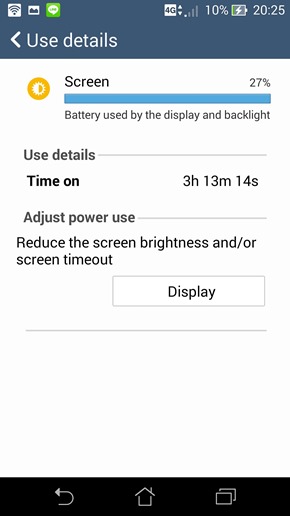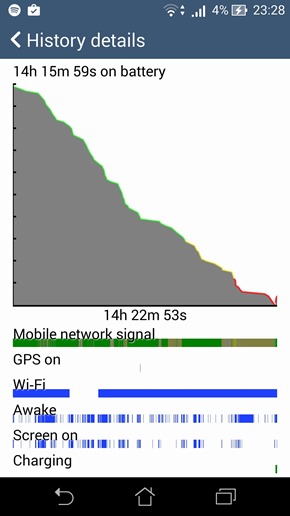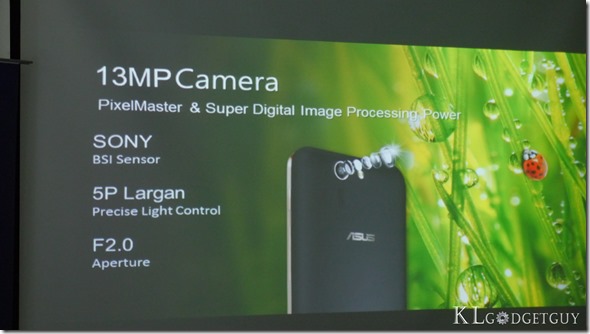ASUS have gone through a great year when many other smartphone makers are struggling, the ZenFone line ups are an awesome product that has gobbled up the sales of most mid-range smartphones in the market, and now, the company is going to do that again with the flagship market. When ASUS Malaysia announced the PadFone S, we expected great hardware onboard just like any flagship PadFones and we were totally stunned with that price tag, so how well does the phone actually performs in real life, and what compromises do we have to accept when we are using a flagship phone priced as cheap as a mid-range device? Let’s find out.
ASUS PadFone S Video Review
ICYMI: ASUS PadFone S First Look & Impressions
ICYMI: ASUS PadFone S Station First Look
ASUS PadFone S Hardware Specifications
Processor: Qualcomm Snapdragon 801 MSM8974AB 2.3GHz Quad Core
RAM/ROM: 2GB/16GB ROM expandable via MicroSD up to 128GB
Display: 5″ Full HD (1920 x 1080) IPS with Gorilla Glass 3
Camera: 13MP PixelMaster f/2.0 (Main), 2MP (Front)
Connectivity: WiFi 802.11 b/g/n/ac, BT 4.0 LE, NFC
Networks: LTE Cat 4/DC-HSPA+/GSM
Battery: 2300mAh
Believe it, don’t hate, because it’s really super
The PadFone S is going to cause a heart throb to people who buy expensive flagships out there, because the phone itself feels really good to hold on hand. If you look into its details, you will find that the phone has a classy brushed aluminum frame, that black and strong Gorilla Glass 3, the high quality polycarbonate matte back cover makes it one passionately built smartphone, exactly what you’d expect from a flagship smartphone and when you think of its retail price again, you start wondering – how did they do it?
We love the power button and volume rocker’s location on the right side, they can be easily reached and are don’t feel rigid to press on, the phone doesn’t have flaps around for inserting MicroSD and SIM card but rather, you’ll need to pop the back cover to insert them, the phone’s battery is sadly non-removable despite having access to it.
Flaws? Apart from having an easily scratched back cover, we find none in terms of the phone’s aesthetics and build quality. Haters, don’t hate, but you really need to believe it.
ZenUI becomes awesome on the PadFone S
Although ASUS have updated previous generations of flagship PadFones to support ZenUI, the PadFone S is the first smartphone to run ZenUI natively out of the box based on Android 4.4 KitKat, ASUS has also promised an update to Android 5.0 Lollipop early next year so you aren’t going to wait too long. ZenUI has always impressed us in terms of usability, its productive oriented widgets have been favored by may of our friends out there, such as the What’s Next widget and Do It Later app that shows you upcoming appointments and tasks to be done later.
ZenUI also receives update frequently through the Google Play Store so you’ll be ensured of consistent reliability and some additional features as time goes on, one recent addition that ASUS has made is to automatically categorize apps in the app drawer, it is definitely a favorite feature for people who wants to keep downloading apps and don’t have the luxury of rearranging them.
The PadFone S is the first ASUS smartphone this year to run on Qualcomm’s Snapdragon 801 processor, it makes ZenUI even better with it’s the chip’s performance, never before we find ASUS phones so enjoyable again and you just simply enjoy using the phone to do almost everything, from emails to the most hardcore gaming, everything is possible on the PadFone S.
Phone + Tablet, perfect companion for both work and play
Slotting in the PadFone S into the PadFone station will give you a different set of widgets, which isn’t my preference but it is good that ASUS has implemented that feature, some users may really want a tablet experience meant for productivity purposes so they could really appreciate a set of different widgets and shortcuts should they really need it.
The PadFone Stations has been really convenient when I’m out and about, while the slate itself can be bulky and heavy in my bag, it actually helps a lot when the phone runs out of battery or if I want a bigger display for browsing the web when I’m in a café. Unfortunately, the PadFone Station’s front firing speaker produces really tiny sound.
Buying the PadFone Station for the PadFone S makes a lot of sense, and the phone is meant to be mated to the tablet, it doesn’t cost a bomb to have one and you won’t live without it once you have made the purchase.
PixelMaster + Sony BSI Sensor – The Best Smartphone Camera from ASUS
Back on the ZenFone family, ASUS surprised us with its PixelMaster camera, though it doesn’t take the best pictures, its low light performance is impressive. The ASUS PadFone S employs the same imaging technology and now with a Sony f/2.0 BSI sensor, picture quality is very favorable and you’ll love it as a point and shoot substitute. Check out the camera samples down below.
The ASUS PadFone S is able to shoot videos in 4K resolution however video stabilization is disabled on resolutions above Full HD, however video quality isn’t really disappointing and you should never treat it seriously as a camcorder, hit Play on the 1080p video recording down below.
Benchmarks, Battery Life and Network Quality
Despite using a slower variant of the Snapdragon 801 SoC, the phone managed to score as high as most flagships in benchmarks, ASUS has done some really great software optimization on the phone’s user experience and you often get updates of its default apps via Google Play, you won’t notice much difference in day to day performance however you should notice some lags in gaming frame rates.
ASUS obviously wants you to invest in the PadFone Station, because the phone’s battery itself isn’t impressive which is expected for a 2300mAh size, you’ll be able to get through 14-15 hours of usage in a light to medium weight usage with always on LTE connection and receiving texts in the day, extremely heavy usage will result in a 6-8 hours of battery life. Fortunately, the PadFone S charges fast via a 2A charger and you can slot it into the PadFone station that will theoretically charge the phone up to two times.
The PadFone S maintains a reliable LTE connection when we’re in town, it has never disappointed in phone calls as well with our callers reporting audible sound quality from our end.
Verdict – An Innovation Made Affordable, Now Everyone can Transform
ASUS has always been a company famous for transforming its products, the PadFone S continues to maintain that philosophy and have made an innovation affordable for everyone, the phone retails at RM899 while the PadFone station at RM499, so you are very much buying two devices that is way cheaper than either a flagship smartphone or tablet. Probably the next thing ASUS should really do is to make a killer hardware material, I’ll buy a PadFone with an aluminum chassis anytime, and I’ll call it the #AwesomePhone.
The Good
+ Unrivalled product value
+ Powerful hardware internals
+ Complete wireless connectivity
+ Camera is awesome
+ Beautiful and snappy software experience
The Not So Good
– Cheap looking design and materials
– PadFone Station is heavy and thick
– Soft stereo speakers
– Mediocre battery life on phone
The ASUS PadFone S scores 8.2/10 based on the above score card.

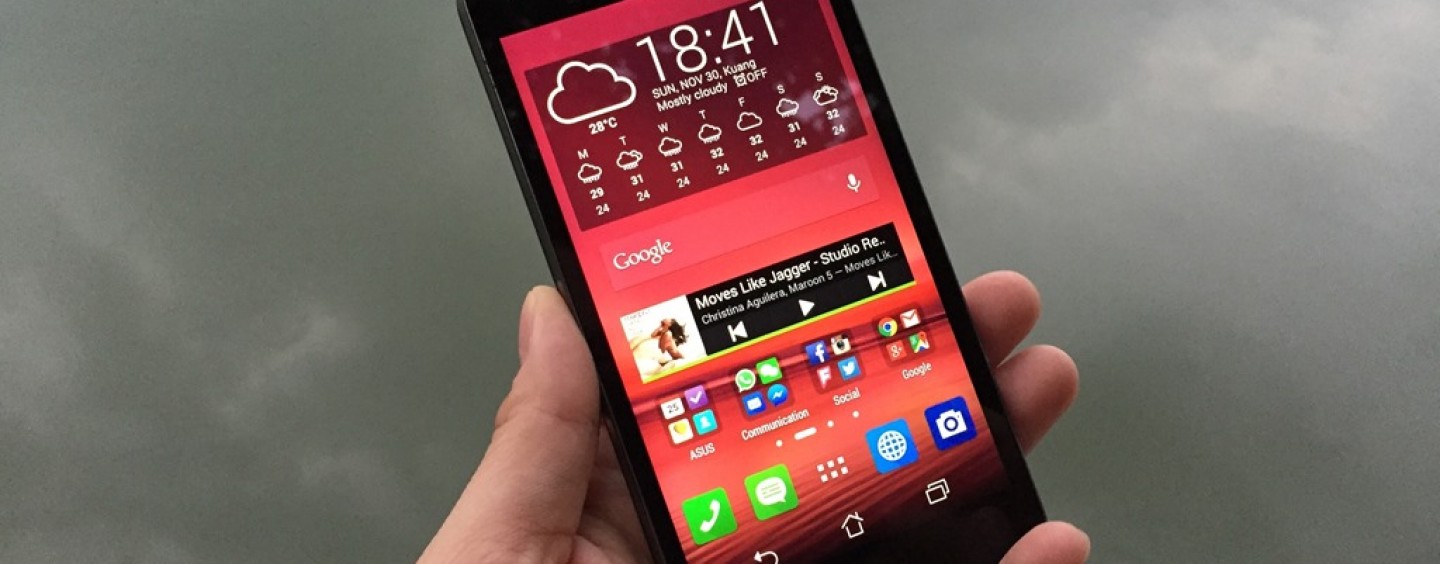



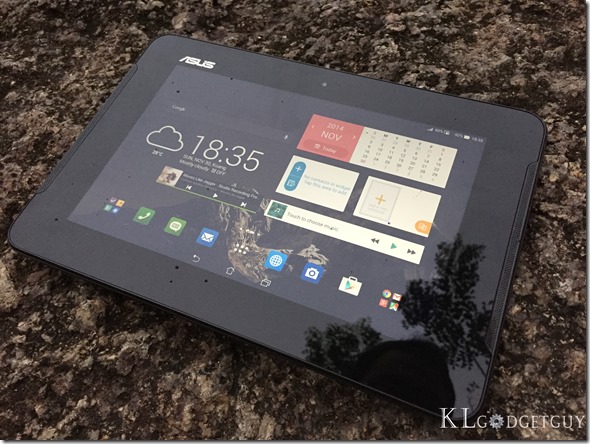
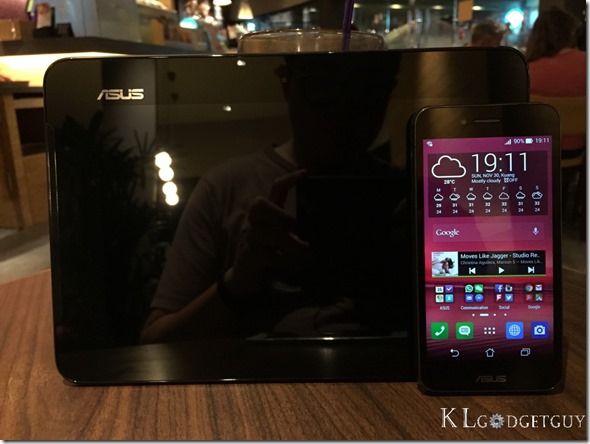
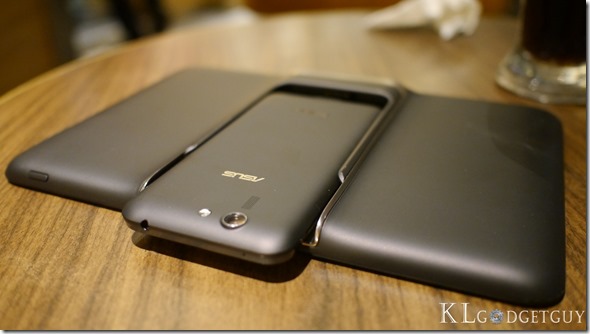
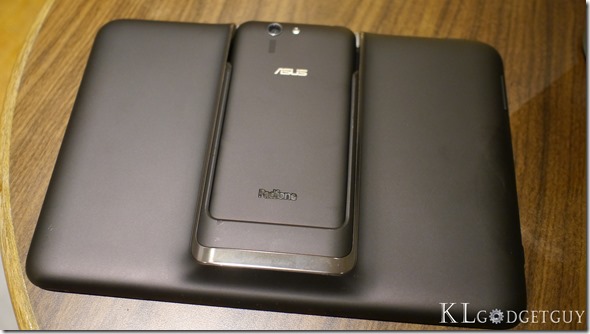
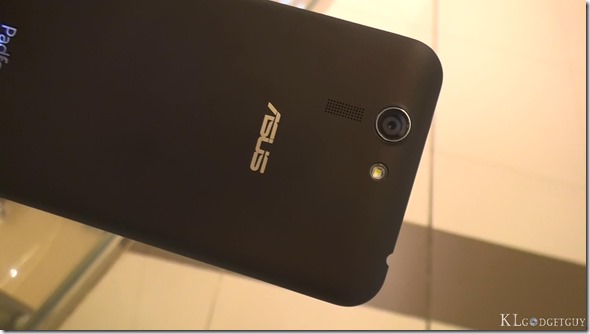





.jpg)
.jpg)


.jpg)

.jpg)
.jpg)
.jpg)
.jpg)
